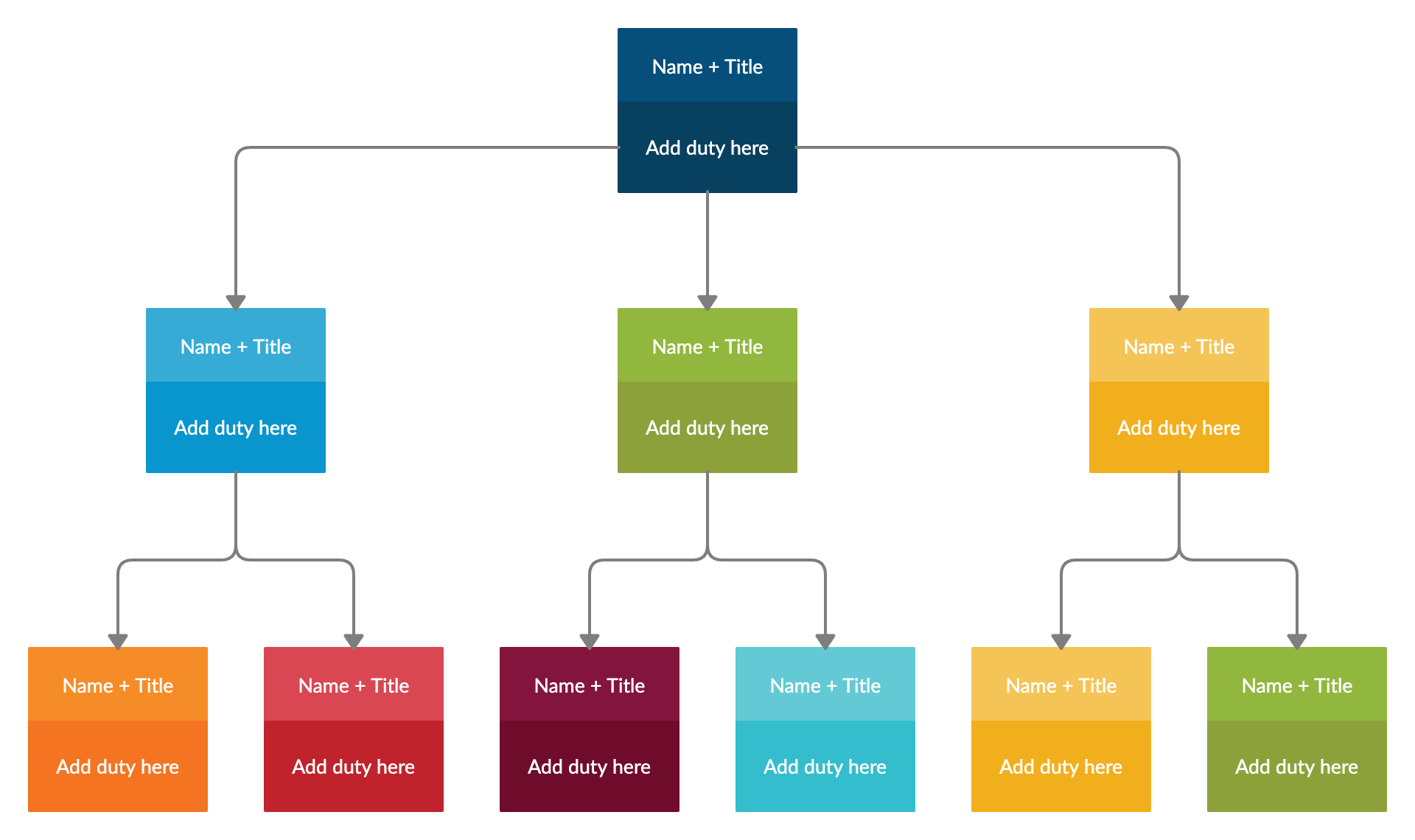
Project management requires the implementation of processes, methods, knowledge, and skills.
You also need experience to successfully achieve a project’s objective within agreed parameters. Moreover, planning a project within a finite timescale and budget is another thing that one has to keep in mind while planning a project. Considering these factors, project planning can sometimes be daunting. This is where project management techniques come into play. The reason behind the success of a project is often these practices and is synonymous with good project planning.
Here’s a list of eight project management best practices that top managers should know by heart.
Understanding Project Requirements
Communication is the key to success in every field. Therefore, the day you propel your project, start communicating the goals and objectives of the project to other stakeholders.
It’s crucial that all the stakeholders in a project understand the ultimate goal and objective to plan a successful project. This includes all the dynamic team members, project sponsors, project managers, clients, and valued users.
Defining the real objective of the project and understanding the end goal enhances your capacity to strategize better. For instance, what is the end goal of organizing a free telephone service? Is it to enhance the company’s profile? Is it for community service in general? These questions must be answered.
Developing a Proper Risk Management Plan
All kinds of projects and assignments are subject to varying levels of risks. Hence, having a plan B and a risk response team ready is always a smart move.
Effective risk management planning permits you to identify the strengths, weaknesses, threats, and opportunities associated with the project.

By preempting unexpected events, you can have a response ready for when the problems arise. Hence, to ensure a project’s success, start defining how you’ll handle the potential risk so that you can identify, prepare, and avoid these risks.
Flourishing project managers acknowledge the importance of risk management. They understand that the ultimate success of a project depends on planning, mitigation, performance, and evaluation that contributes to achieving a strategic goal.
Creating a Well-Grounded Project Plan
Planning may not be the most congenial element of managing projects, but it is the most crucial part to reduce risks and failure. The old maxim “failure to plan is planning to fail” definitely holds true when it comes to project management.
Planning takes time and effort, however, it also eliminates the potential risks, omissions, failure rates, and misunderstandings.
Planning your projects makes it easier for you to identify unrealistic expectations and risks. Whether at a macro or micro level, risks are always lurking in the periphery. Proper planning allows the teams to ensure that the risks do not turn into larger threats during project execution.
It is at this point where the timeline, costs, deliverables, and other details are laid out. It is during planning that expectations are set and assumptions are identified. Hence, without this step, a team is bound to miss some important details, deadlines, and eventually project success.
Clarify Project Roles and Responsibilities
Defining the roles and responsibilities within the team members makes the flow of work easier. When the team has clearly defined functions and accountability, they know what is expected of them and perform efficiently.
Here, you can use organizational charts to build and design the organizational structure to meet project objectives. They are helpful in guiding the employees and team members to understand their roles and responsibilities better.

They assist in making a smooth division between the functions of companies, departments, and members within a department, such that the responsibilities are clear to each and every member of the team.
Creating a Project Timeline
No project management plan is complete without preparing a project timeline. These timelines simplify the visual overview of the overall project right from the start to finish which leads to increased efficiency of the work by the team members.
Breaking down a project into effective timelines makes the project seem less overwhelming and achievable which further motivates the team members to perform better. You can create your project timelines the right way using the template made with the Creately timeline maker below.
Maintaining Regular Communication
A proper communication plan in place becomes the avenue to clarify the relationship between channels, activities, messages, materials, and its audience.
Developing a communication plan can help you identify whom to contact for what and how to reach them. Communication is essential for every team trying to make a successful project. It clarifies the roles of stakeholders, develops creativity and camaraderie among the team members, and sets the implementation of roles into motion.
Constantly Track Progress
Losing sight of what you want to achieve while planning and working on a project becomes one of the major reasons for not achieving the desired goal.
Hence, tracking your progress is important. When you track your progress, you are able to identify the important things you need to focus on, making sure you are moving in the right direction. Work and track, when are done simultaneously they reduce the scope of failure in the future.
Conducting a Project Post-Mortem
Project post-mortems are often confused with an investigation, except, it is an inquiry to roll out all lessons for future reference.
A productive project post-mortem is done to fully reveal the project’s course and dig deeper into things so as to unfold why things went a particular way. This is the reason it has become an important part of an agency’s processes. Plan out the topics you want to talk about in the post-mortem meeting, to make things smoother and efficient.
Conclusion
Finally, a project can go either way depending on the plans and strategies you make and the precautions you take while working on it. A good project management team needs a good risk management strategy, a solid plan, overall tracking, and achievable timelines to make their project journey productive and a success.
About the Author
Amanda Athuraliya is the communication specialist at Creately, a visual workspace for team collaboration. She is an avid reader, an experienced writer, and a passionate researcher who loves to write about all kinds of topics.
This post is sponsored by

